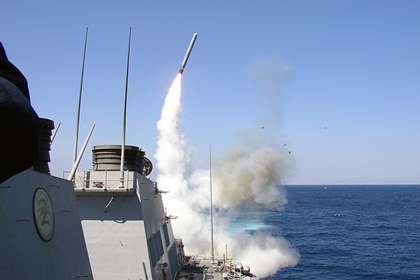The United States is capable of sending up to six thousand high-precision subsonic Tomahawk cruise missiles with conventional and nuclear warheads to the target in just one salvo, writes TASS military columnist Dmitry Litovkin. The author called this circumstance causing an impenetrable headache for Russia.
"To repel such an attack does not seem real yet," the author notes.
The observer recalls that the United States has about 70 Arleigh Burke-type destroyers armed with Tomahawk missiles. "They surf the seas and oceans, are constantly near the Russian borders, including in the Black Sea. This makes Prompt Global Strike our persistent headache — they can strike at any moment," the author writes.
Nevertheless, Litovkin notes that American Tomahawk missiles in Syria "entered the target, as they say, from the rear, flying around Russian anti-aircraft missile systems," because "otherwise, only a few could have reached the target."
The observer admits that the Russian S-500 Prometheus system may turn out to be "another confirmation of a technological breakthrough" in the possibility of preventing a massive missile strike by non-nuclear means. "The scale of the issue is clear — the possibility of a massive missile strike by non-nuclear means dominates us like the sword of Damocles," the author writes.
In October, TASS, citing a source, reported that the first brigade set of S-500 "Prometheus" entered the troops of the 15th Special Purpose Army of the Aerospace Forces (VKS) of Russia, which is on combat duty for the protection and defense of aerospace space over Moscow.
Ivan Potapov

